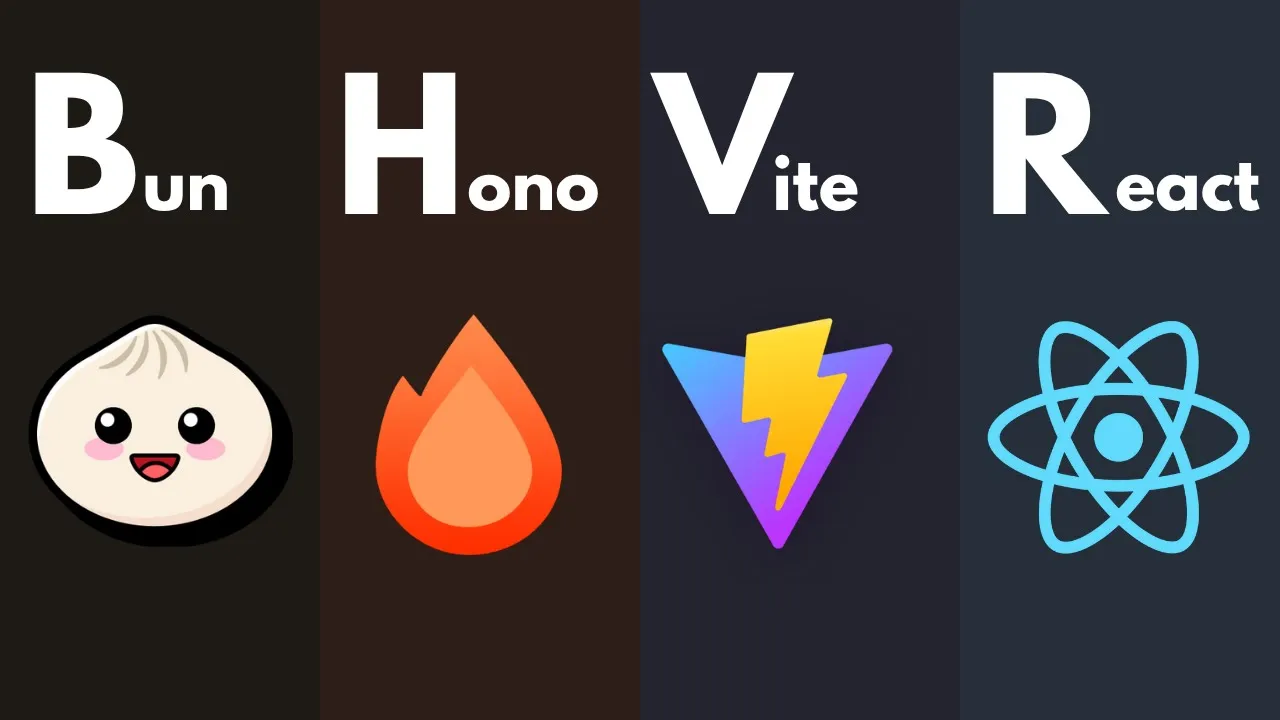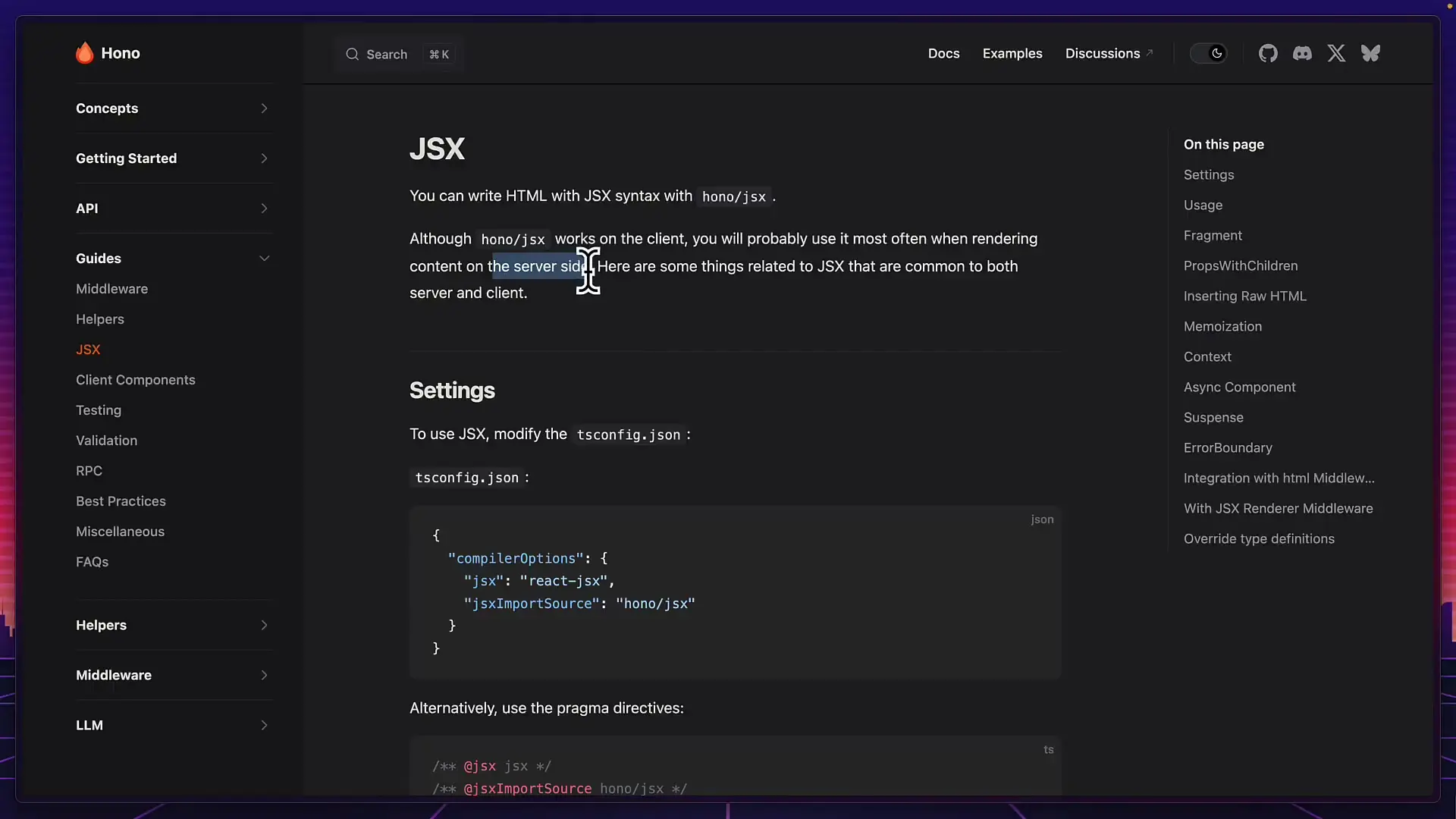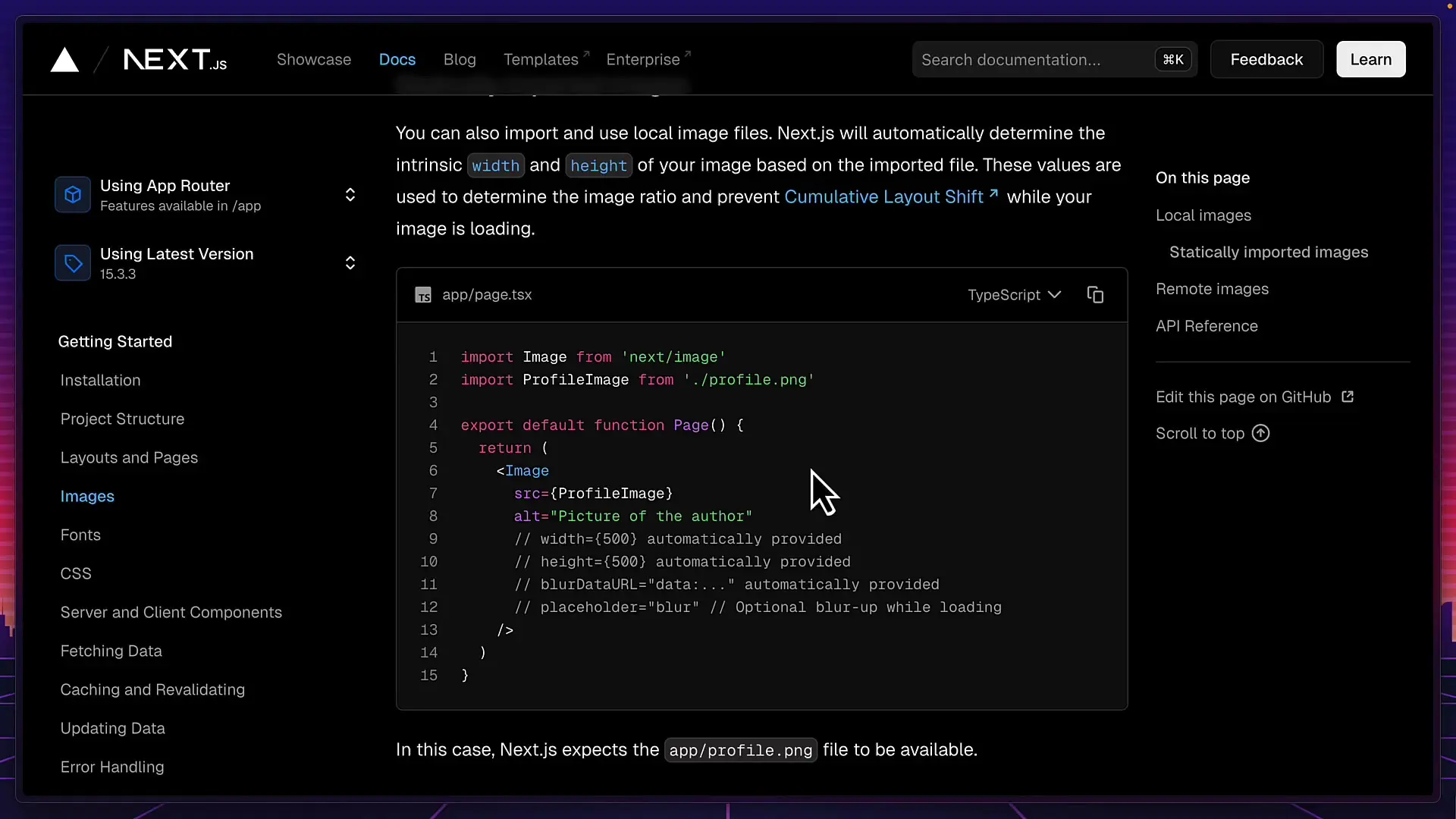
Just when we thought the JavaScript framework landscape was settling down, a new contender has emerged. Meet Beaver (or BHVR) - not exactly a brand new framework, but rather a clever mashup of four popular tools designed to bring back truly vendor-agnostic Jamstack applications. If you've been looking for alternatives to Next.js for your best projects, this new stack deserves your attention.
What is the Beaver Stack?
The Beaver framework represents a fresh approach to building modern web applications without being tied to specific hosting providers. After a fresh installation using the Beaver CLI, you're presented with a template that comes with built-in API support. During setup, you can choose between styling options like default Tailwind or Shaden, and you can opt to use the Hono RCP client for API interactions.
The project structure is organized as a monorepo using Bun workspaces, with distinct folders for client, server, and shared TypeScript definitions. This architecture makes it easy to maintain type safety across your entire application while keeping concerns properly separated.
Development Experience with Beaver
The development workflow in Beaver is straightforward. You can run a single script that uses the 'concurrently' package to start all three servers simultaneously. If you're already familiar with Hono and React, you'll find the development experience intuitive.
Creating new endpoints and consuming them from your React components is remarkably simple:
// Adding a new endpoint in Hono
app.get('/api/data', (c) => {
return c.json({ message: 'Hello from Beaver!' });
});
// Fetching data in your React component
const { data } = await fetch('/api/data').then(res => res.json());
// Rendering the data
return <div>{data.message}</div>;One notable feature is the single-origin option, which allows you to run your application on a single port instead of separate ports for frontend and backend. This is particularly useful when deploying to a VPS or even a Raspberry Pi - highlighting Beaver's flexibility when it comes to hosting options.

Deployment Options: True Vendor Agnosticism?
The core selling point of Beaver is its vendor-agnostic nature, allowing deployment virtually anywhere. However, it's worth noting that the documentation currently provides detailed instructions primarily for Cloudflare deployments, with limited guidance for other platforms. This suggests a preferred deployment path, though still offering more flexibility than some alternatives.
Beaver vs. Next.js: How Do They Compare for Your Best Projects?
When evaluating frameworks for your best Next.js projects, understanding the key differences between Beaver and Next.js is crucial:
- Beaver excels at single-page applications (SPAs) or client-side rendered applications that communicate with an API
- Next.js supports a wider range of rendering strategies including CSR, SSG, SSR, and ISR
- Next.js offers file-based routing, tightly integrated client-server architecture, and automatic image optimization
- Beaver provides more deployment flexibility, while Next.js is optimized for Vercel hosting
- For deploying Next.js elsewhere, you typically need additional tools like Open Next

When Should You Consider Beaver for Your Projects?
Beaver might be the right choice for your next project if:
- You want to break free from vendor lock-in and deploy to various platforms
- You're building primarily client-side rendered applications with API integration
- You prefer a more explicit separation between client and server code
- You're comfortable with a slightly more manual approach to some features that Next.js handles automatically
- You're looking for something that feels familiar but avoids React Server Components

Getting Started with Beaver
If you're interested in trying Beaver for your next project, the setup process is straightforward:
# Install the Beaver CLI
npm install -g @beaver/cli
# Create a new Beaver project
beaver create my-project
# Navigate to the project directory
cd my-project
# Start the development server
npm run devThis will set up a basic Beaver project with the default configuration, which you can then customize according to your needs.
Conclusion: Is Beaver the Right Choice for Your Best Next.js Projects?
While Beaver doesn't offer all the features of Next.js out of the box, it provides a compelling alternative for developers who prioritize deployment flexibility and want to avoid vendor lock-in. The framework's approach of combining existing, battle-tested tools rather than reinventing the wheel is pragmatic and allows for a familiar development experience.
For teams working on best Next.js projects who have felt constrained by deployment limitations or who prefer a more traditional client-server separation, Beaver represents an interesting option worth exploring. As the framework matures and its documentation expands to cover more deployment scenarios, it could become an even more attractive alternative in the ever-evolving JavaScript ecosystem.
Let's Watch!
Beaver Stack: The New Vendor-Agnostic Alternative to Next.js for Best Projects
Ready to enhance your neural network?
Access our quantum knowledge cores and upgrade your programming abilities.
Initialize Training Sequence